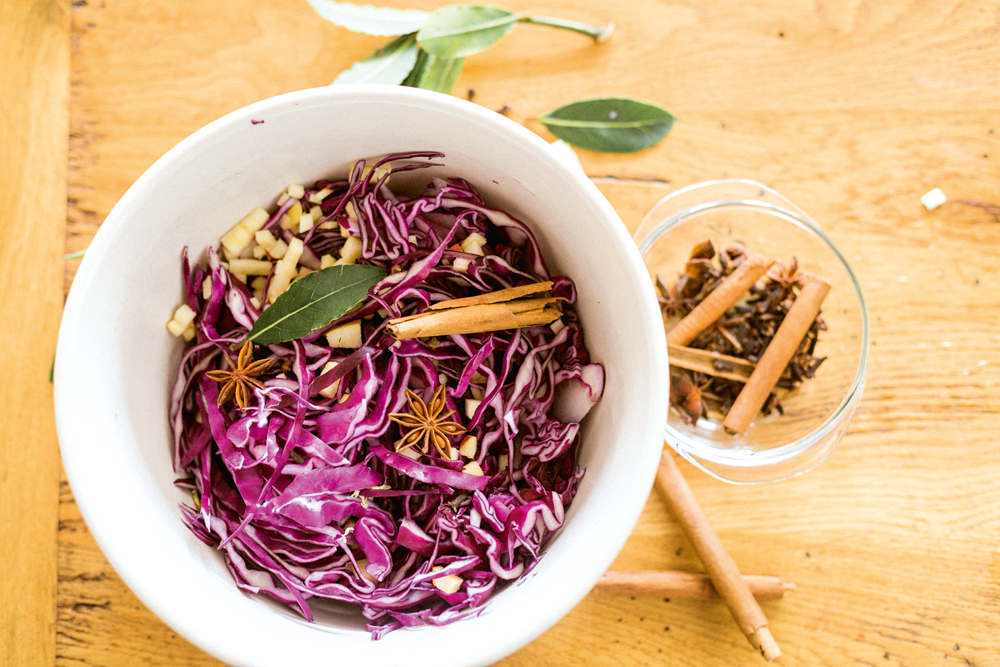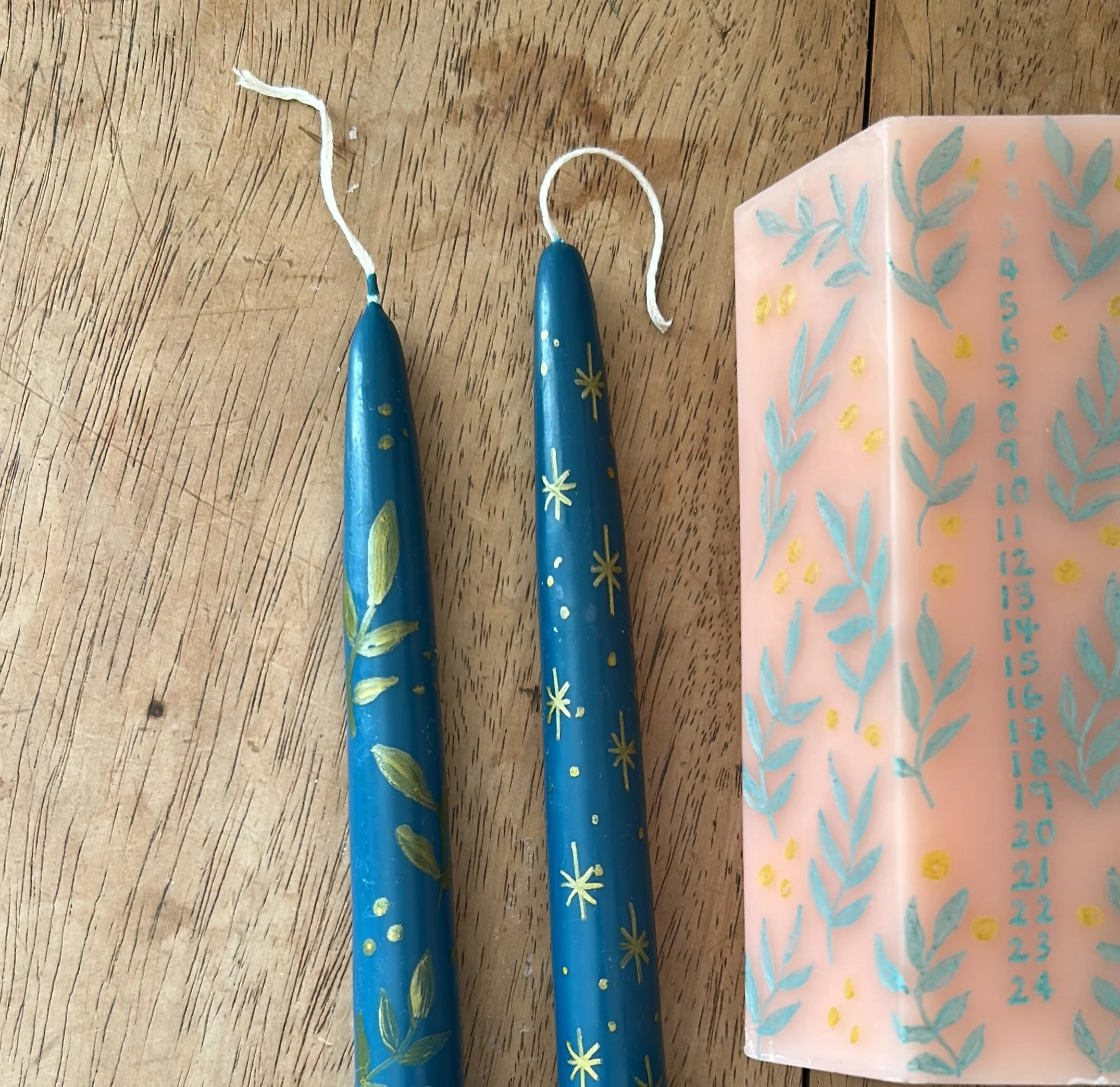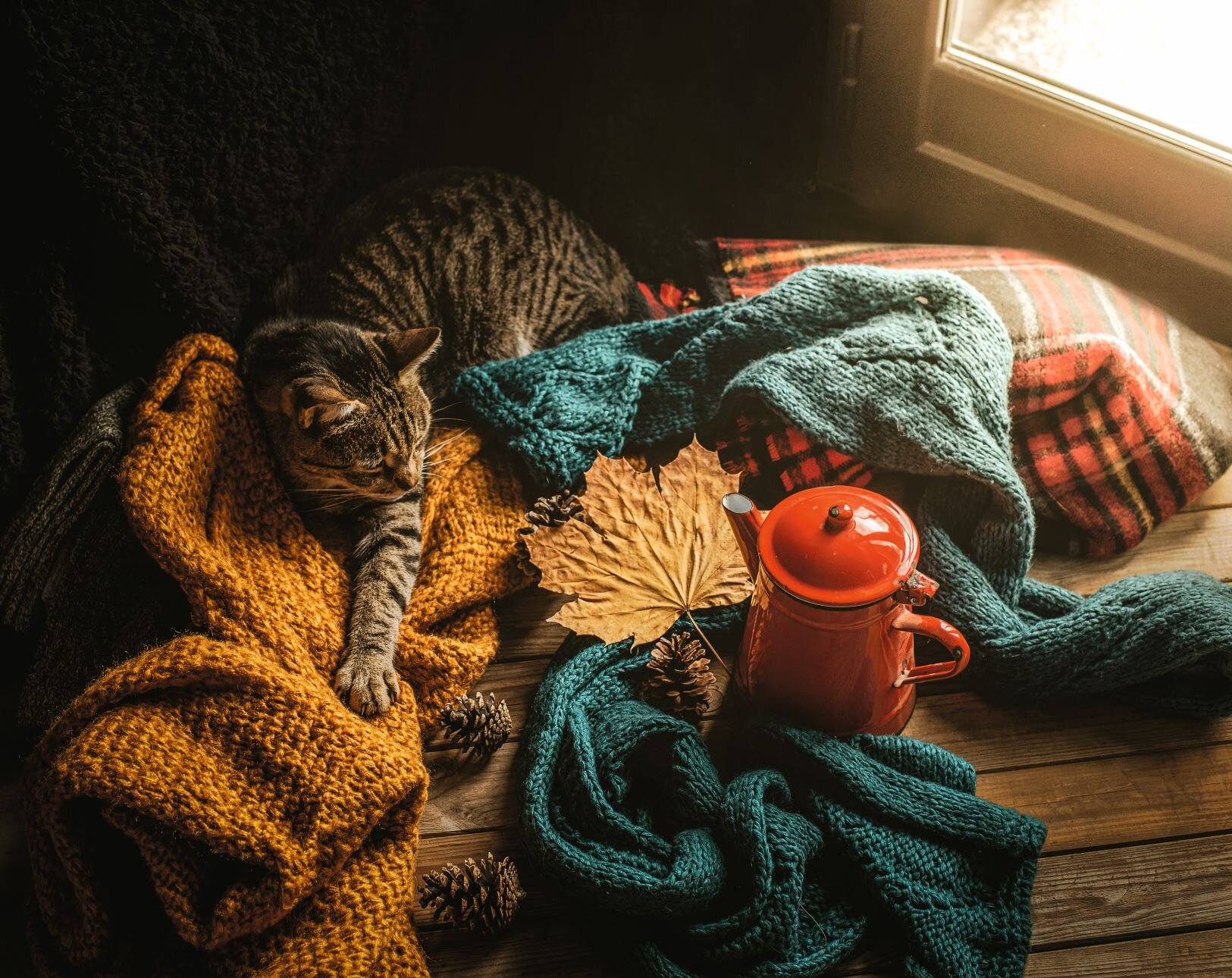Why we love a larder, and why you should, too
Somewhere in the last 50-or-so years, larders were lost and became a bit of a thing of the past. We probably all remember a grandparent or auntie who had a really decent larder. If you were lucky it was a proper cold room with shelves on all four sides, precariously stacked with tins, jars, packets and boxes. Otherwise it might have been an outhouse, or just a particularly big kitchen cupboard. Either way, they were a bit magic. A woman of a certain age could don a tabard, stick her head briefly inside the larder and - ta dah! - emerge with an armful of packets and tins from which a cake would appear, or a jelly filled with fruit, or simply a tin of cocoa powder and a packet of biscuits.
But, as post-war kitchens became smaller and fridges ever bigger, the larder fell out of favour, no longer needed as we filled our American-style fridges with food that would last for days and freezers took more of the strain.
However, in the last decade, larders have been having a moment again, with several big kitchen companies creating beautiful, freestanding larder-armoires, that open their capacious doors as if to hug you to the bosom of their dried goods and tins. And we’re not surprised. Because what is nicer than a larder?
We all aspire to the sort of larder stocked with home-bottled tomatoes, chutney from the allotment and jars of apples dried in a low oven (the sort of larder that calls for large Kilner jars and chalkboard labels).
But all larders are a joy. The kind you can lean on one Thursday night when the supermarket shut just as you arrived and the fridge is bare, but just at the back of the larder is a packet of dry pasta, a jar of roasted peppers that came in a hamper at Christmas and a bottle of red, and suddenly dinner is saved. Or the sort of larder that seems to be full to the gunwales with flour, currants, rice and other utilitarian things, but you know that one rainy afternoon, if you have a bit of a dig about you will emerge, victorious, with the remains of a homemade fruit cake and a chocolate orange you hid from yourself for just such an occasion.
You don’t even need to have a larder to larder well. Got a shed? Give it a tidy and set up a small book shelf in there for your jars and tins. An outdoor bunker does the job equally well, with the addition of a small storage unit. A cupboard under the stairs makes a good larder, and means you don’t have to set foot outside in inclement weather. Or, for ultimate convenience, dedicate a cupboard in your kitchen to be a larder cupboard and feel the joy every time you open the door. Wherever you choose to create your larder, do make sure it’s mouse and bug proof (there’s nothing sadder than another creature stealing all your hard work). Once you’ve got your space sorted you can set about planning the contents.
There’s an art to squirreling away, you see. Some squirreling requires hard work and forward planning while other aspects require a bit of recklessness and a glint in your eye. You have to consider not only what you might need, but also what you might just fancy. October is prime squirreling time: you can use up the last of the summer gluts making jams, biscuits and other goodies that will cheer the winter months. In fact, we have some fabulous ideas for this from Rachel de Thample in our October issue, everything from marrow marmalade to homemade Worcestershire sauce. But it’s also a good time to stash away a fancy tin of biscuits, some posh chocolates (or maybe simply a Crunchie bar, just for you, hidden on the top shelf behind the butter beans, to be eaten under the duvet with a book on a sad, snowy Sunday). The Norwegians might say: ‘There’s no such thing as bad weather, only bad clothes’. We say ‘there’s no such thing as bad weather, only a badly prepared larder’. Get ready to hunker down.
Our October issue has several recipes from Gifts from the Modern Larder: Homemade Presents to Make and Give by Rachel de Thample (Kyle Books). Photography by Ali Allen. The ‘Create’ issue is in shops now.
Get hold of your copy of this month's The Simple Things - buy, download or subscribe
More things we love about October…


















